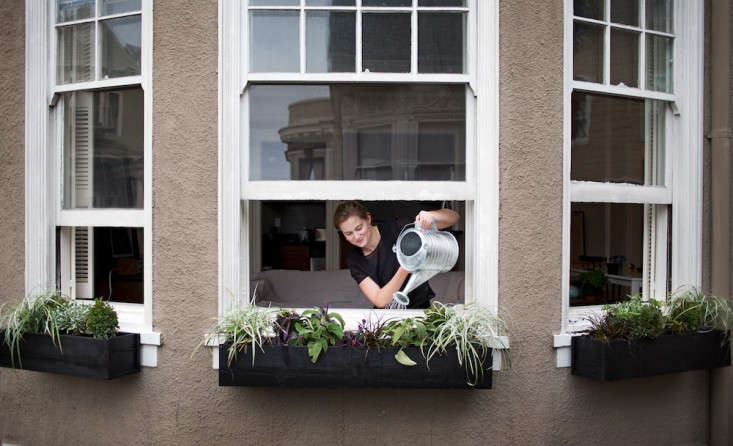Lobelia, Lobelia erinus: “Summer Color”
Lobelia is a go-to flower to add showy, delicate blooms to your borders, window boxes, or hanging baskets. This nonstop annual flower has fine foliage and produces a profusion of dainty blue, pink, white, violet, or bi-colored flowers from spring till fall. If you are not familiar with this plant, you really should be. And your containers, especially, will thank you.
Please keep reading to learn about this delightful annual.

Annual lobelias are a hardworking warm-season plant, and there are two different types to serve your design needs. Upright and compact varieties will grow as tall as four to six inches and work well as edgers or as filler in flower beds. Trailing varieties have a spreading habit (and will grow as wide as 15 inches) and are useful in containers, window boxes, and hanging baskets—or cascading over walls.

Also as with most annuals, lobelias require a little extra care to keep them flowering through the summer. While this may sound fussy, most annuals benefit from extra attention and you will be rewarded with more blooms. In early spring, pinch back six inches long newly emerging stems to encourage a more compact plant. You also can give the plant a light trim any time of year if the flowering wanes to promote more blooms. If the plants stop blooming, do a major pruning to revive them.
Some common varieties include Lobelia erinus ‘Crystal Palace’—the most seen in nurseries with deep indigo blue flowers and bronze foliage. Lobelia erinus ‘Fountain Series’–a cascading form and available in a wide range of colors and bi-colors.
Note: Not all lobelias are annuals. A perennial species, Lobelia cardinalis syn. L. fulgens has red flower spikes that earned its nickname: cardinal flower. L. siphilitica, also known as blue cardinal flower, is a perennial that grows in moist soil in woodlands. And L. inflata is a medicinal herb used in homeopathic treatments.

Cheat Sheet
- Lobelia’s bright flowers, ranging in colors from white to shades of pink, blue, and purple, are a hot spot for butterflies and are luckily avoided by rabbits and the occasional deer due to their toxic properties.
- Lobelia pairs well with other summer bloomers such as pansies, geraniums, and daisies.
- Depending on the variety, lobelia can be tucked into perennial beds as edgers and fillers, or into containers or hanging baskets as spillers.

Keep It Alive
- Lobelias like full sun in mild summer areas; plant in a partly sunny spot in hot climates because they are not fond of beating sun.
- Avoid dry soil; water enough to keep the area slightly moist.
- Add a slow-release fertilizer at planting time and use a high-quality potting soil or planting mix.
- Purchase seedlings in a six-pack or in four-inch pots and transplant directly.
Read more growing tips for perennial and annual lobelias in Lobelias: A Field Guide to Planting, Care & Design and see more of our favorite warm-weather flowers in our curated guide to Annuals 101: Alyssum, Nasturtium, and Sweet Pea. For plant combinations for window boxes and containers, see:
- Container Gardening: Sarah Raven’s 7 Tips for Perfect Flower Pots
- DIY: A Window Box Grows in Brooklyn
- Container of the Month: New Life for Old Plants
- Outdoor Planters: Pretty Enough to Eat












Have a Question or Comment About This Post?
Join the conversation (0)